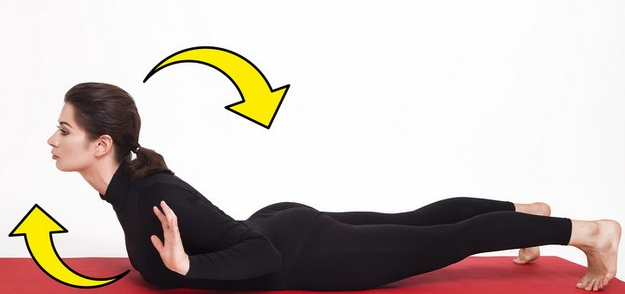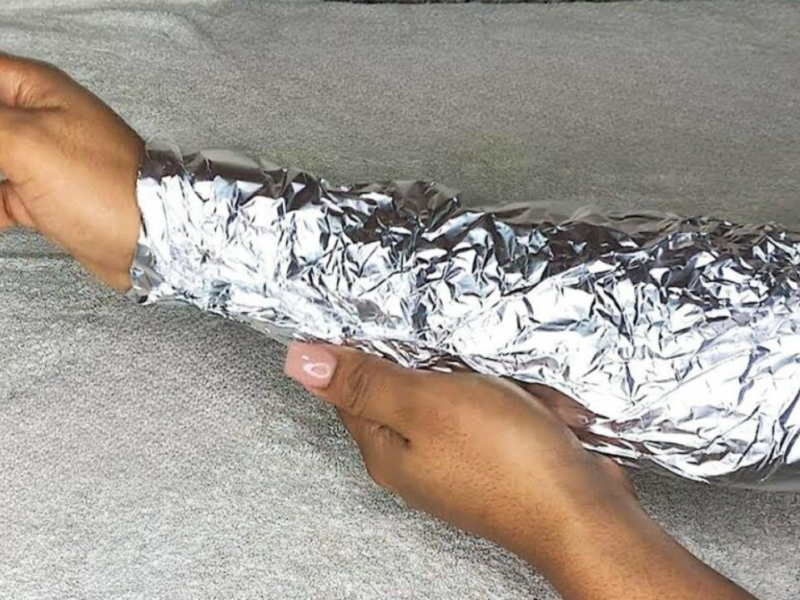As your immunity deteriorates as you age, your risk of contracting certain diseases rises.
A thorough check-up should be done at least every two years, however there are several tests you may perform at home.
The best part is that these tests just take 30 seconds to complete, but they will still tell you if there is a health problem.
Pressing the fingertips
Press the upper fingers of your left hand at the root of the nail with your right thumb and forefinger.
First, press with your thumb, then with your index finger, holding for 3-5 seconds. Repeat for all fingers.
The blood in the finger should return in a maximum of 2 seconds after the pressure is removed. The blood flow to your body is good in this instance.
Because your fingertips are connected to your internal organs, you may experience pain during this examination.
Experts say that soreness in different fingers could suggest one of numerous things:
Thumb: If you feel discomfort in your thumb, it could be a sign that you have a lung condition.
Pointer: The pointer is connected to the colon, so the pain in this finger indicates a problem with the colon and constipation.
Middle finger: Middle finger pain has been linked to cardiac problems.
To the little finger: Because to the little finger is linked to the heart, pain in this area can indicate cardiac troubles.
Little finger: Pain in the little finger can indicate gastrointestinal issues.
Fist
Clench your fist for this test. After 30 seconds, open your palm and you’ll see that it’s lighter in color.
When you make a fist, your blood vessels contract, preventing blood from flowing to your palm.
If blood returns to the palm when you release your fist, it suggests you don’t have a blood flow problem.
If, on the other hand, it takes longer for the palm to return to normal color, it may be a sign of arteriosclerosis.
Stretching the muscles of the buttocks
- Lie on your stomach on a flat surface.
- Place your hands upright next to your body.
- Keep your left leg upright on the floor and slowly raise your right leg.
- Bend the knee at the right leg and hold the position for 30 seconds
If you have successfully performed the exercise, then your body is healthy.
If exercise causes you pain, then you may have problems with the gluteus maximus, one of the strongest muscles in your body.
Lifting both legs
- Lie on your stomach on a flat surface.
- Place your hands upright next to your body.
- Lift both legs up and do not move the rest of the body.
- Hold the position for 30-35 seconds.
If you do the exercise without moving your legs, then your body is healthy.
But if the exercise is difficult for you to perform, then you may have a problem with the abdomen or lower spine.
Lifting the upper body
- Lie on your stomach on a flat surface.
- Raise your upper body slightly, including your arms.
- Hold the position for 30-35 seconds.
If you do the exercise without any problems, your body is healthy.
If your exercise is difficult, then you may have back problems.
Although these tests may be effective, they can not replace a medical examination. Well, if you have any concerns about your health, it is best to see your doctor.





